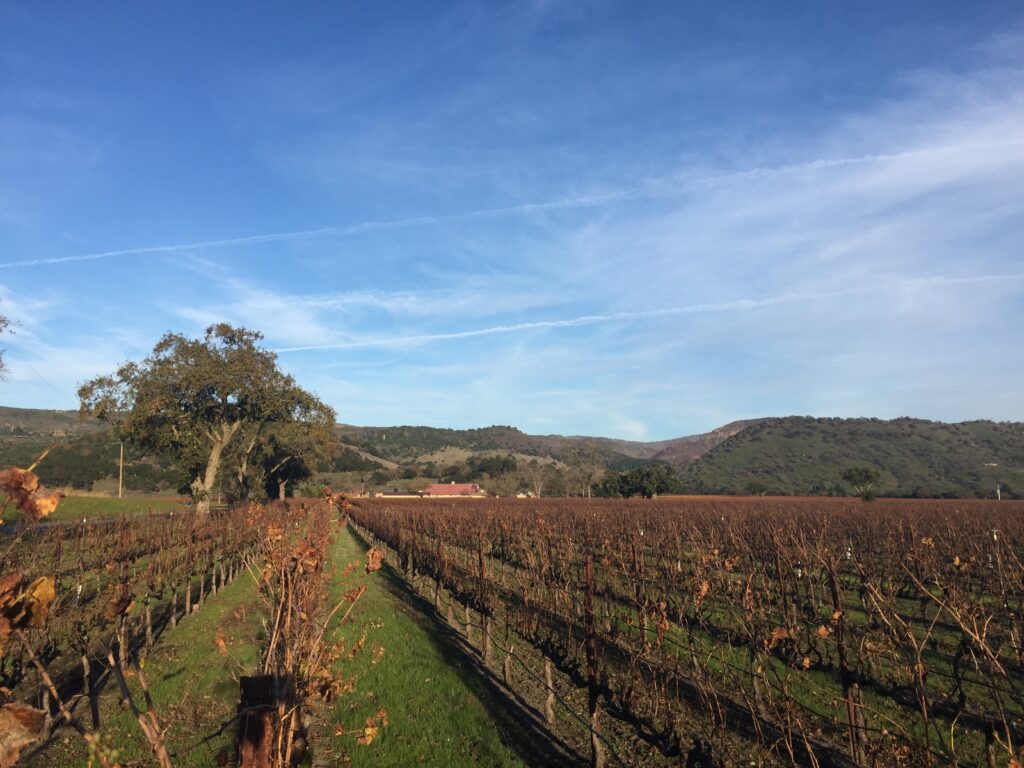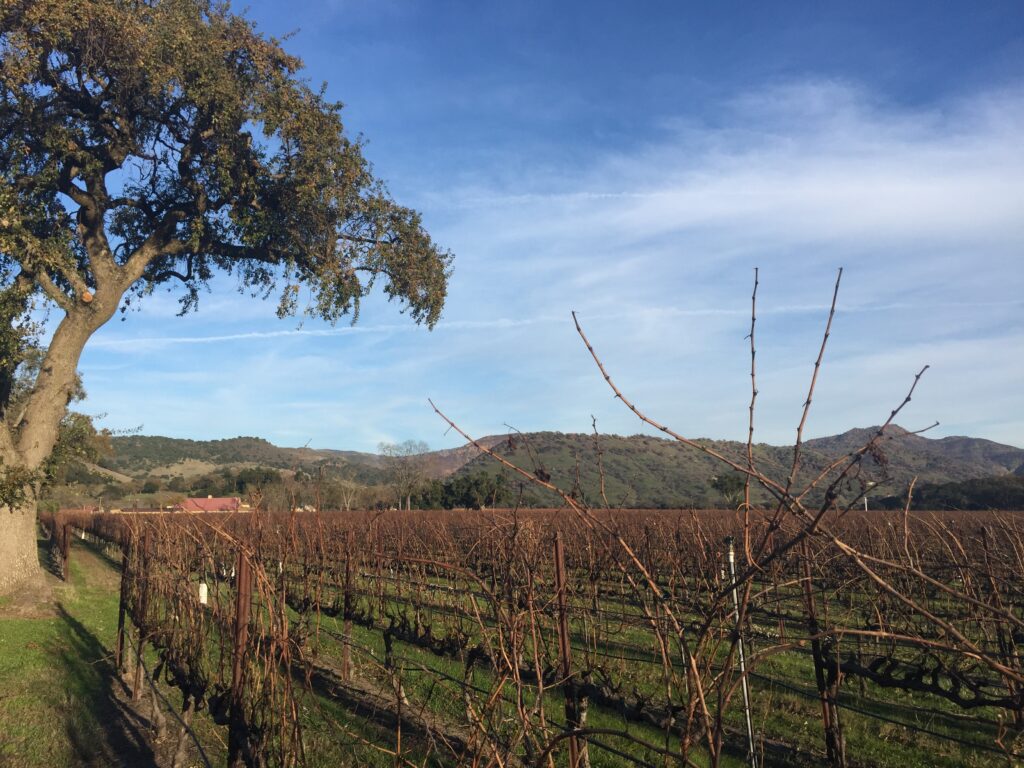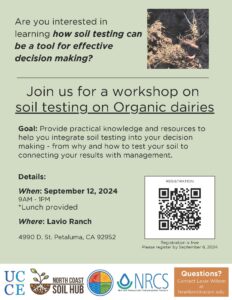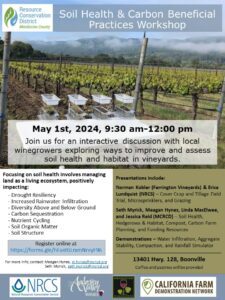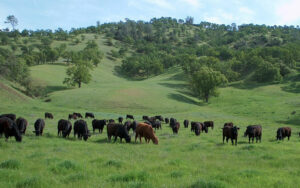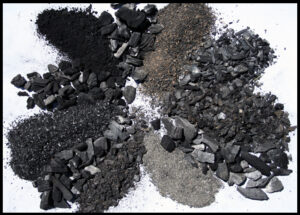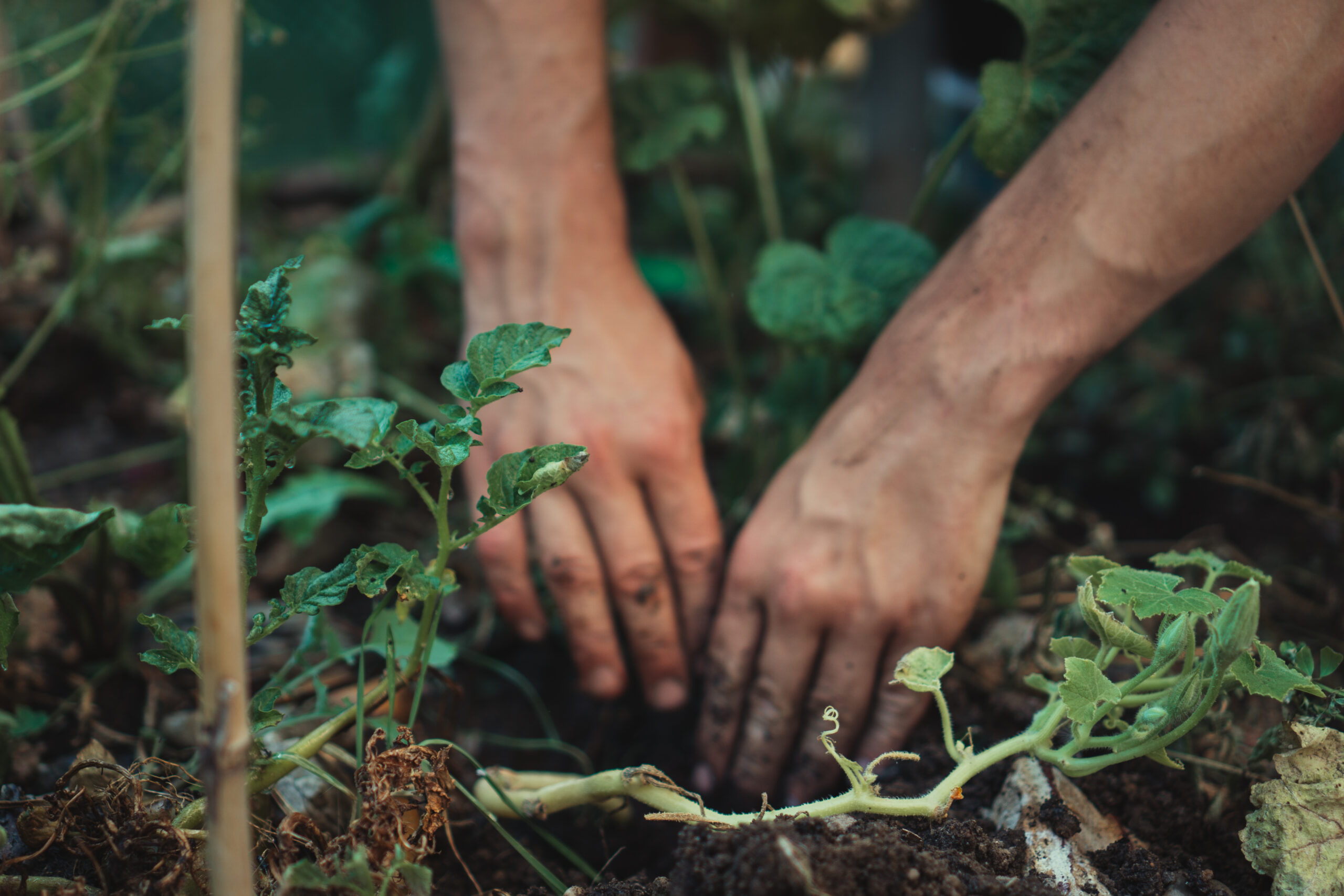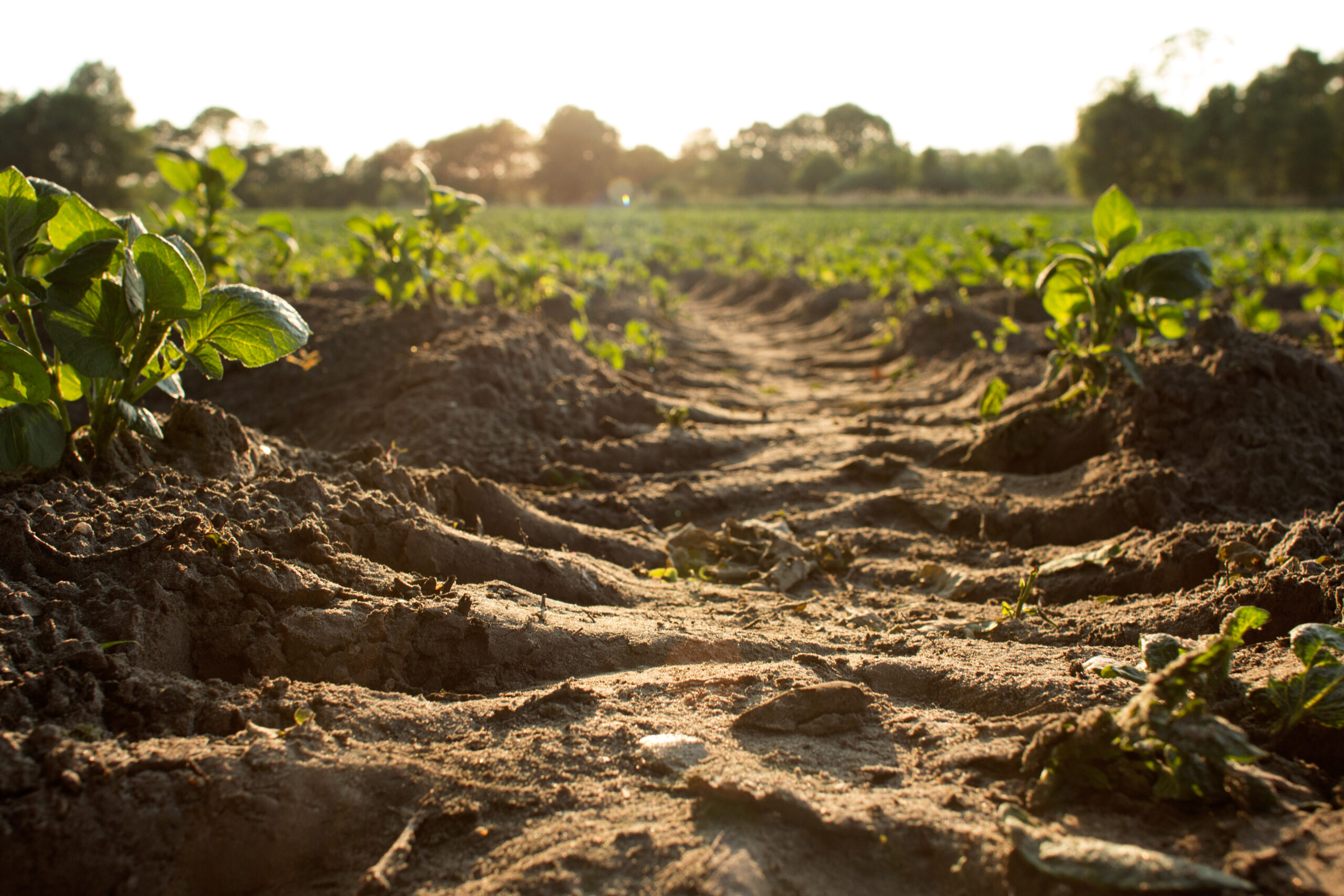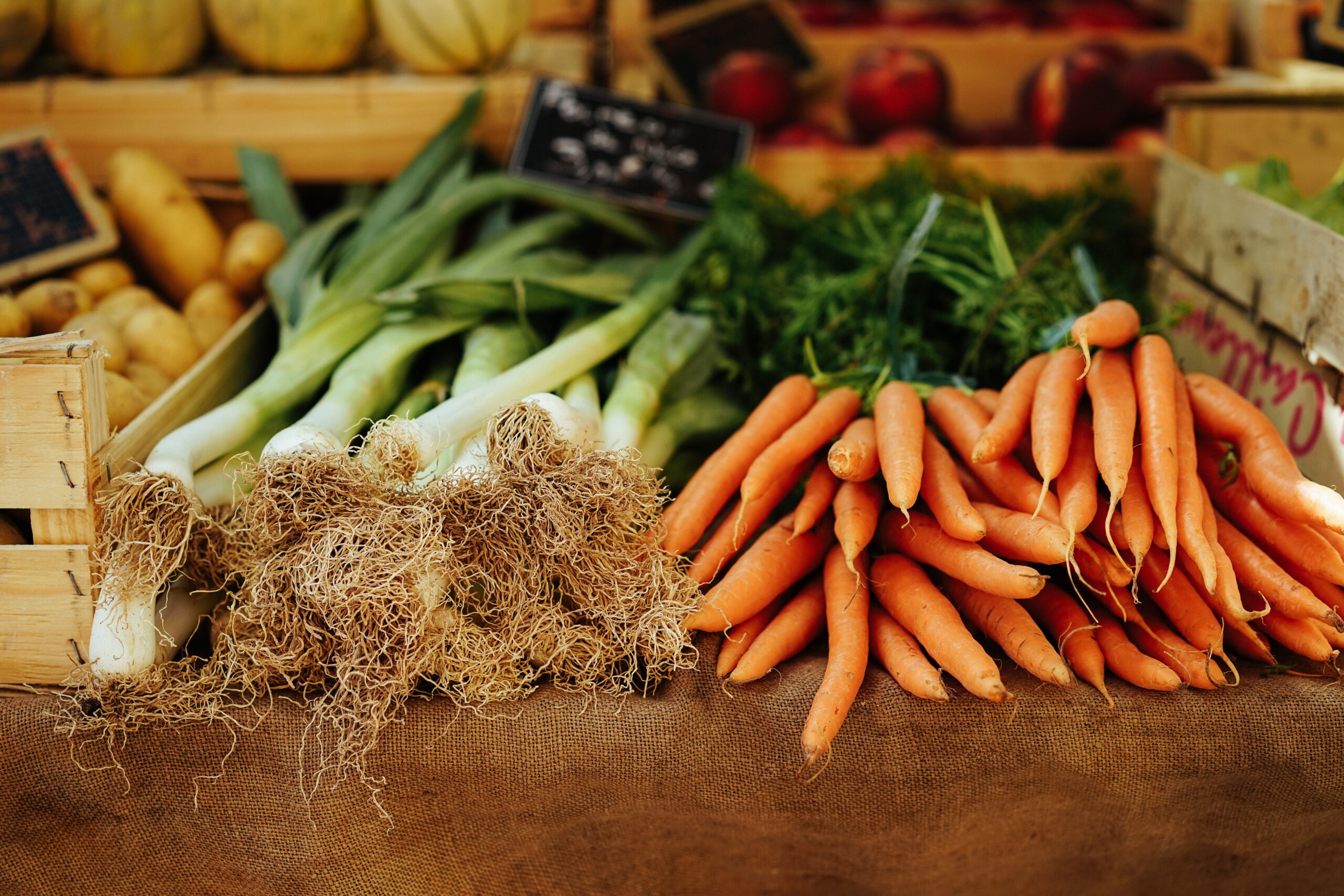Gamble Ranch Field Demonstration
Field Trial Location: Oakville AVA
Property Description and History: The Gamble Ranch is located within the Oakville AVA in the middle of Napa Valley. The ranch is approximately 830 acres in size, of which 525 acres a planted to vineyards. The varieties grown on the ranch are Chardonnay, Cabernet Sauvignon, Malbec, Merlot, Petite Sirah, Petite Verdot, and Sauvignon blanc. There are 11 different soils series on the ranch. The soils are, for the most part, alluvium derived from volcanic, metamorphic or sedimentary rock, but there are some soils derived from weathered volcanic rock as well. In addition, there is a great deal of diversity in the landscape with three different riparian corridors and two areas of oak woodland located on the property. The Gamble Ranch is certified sustainable by the California Sustainable Winegrowing Alliance and has the Fish Friendly Farming/Napa Green certification through the California Land Stewardship Institute.
Current Farming Practices: No-till soil management and non-organic chemical application
Soil Types Map on Proposed Blocks: Pleasanton Loam, Bale Loam, Cortina.
Farmer Feature: May Newsletter | Edition 3
The Napa County Resource Conservation District has teamed up with Treasury Wine Estates (TWE) to conduct long term soil health monitoring at TWE’s historic Gamble Ranch in Yountville, CA. Gamble Ranch is located within the Oakville AVA in the middle of Napa Valley. The ranch is approximately 830 acres in size, of which 525 acres are planted to vineyards. The varieties grown on the ranch include Chardonnay, Cabernet Sauvignon, Malbec, Merlot, Petite Sirah, Petite Verdot, and Sauvignon blanc. There are 11 different soils series on the ranch. The soils are, for the most part, alluvium derived from volcanic, metamorphic or sedimentary rock, but there are some soils derived from volcanic parent material weathering in place. Although the ranch is primarily flat on the valley floor, the views are spectacular. There is a great deal of diversity in the landscape including three significant riparian corridors of Rector Creek, Conn Creek, and Napa River. In addition, there are two oak woodlands located on the property. The Gamble Ranch is certified by the California Sustainable Winegrowing Alliance and is certified Fish Friendly Farming and Napa Green through the California Land Stewardship Institute.
Although TWE farms thousands of acres in California, they strive to implement sustainable farming practices, especially when it comes to managing their soil. About five to six years ago TWE began converting a lot of their acreage to no-till farming and planting permanent no-till cover crops, including perennial bunch grasses. All 525 acres at Gamble Ranch are now farmed under no-till management. It is well understood that farming under no-till soil management in vineyards can boost a whole bunch of soil benefits, but compaction within the mid rows where the cover crops grow can become severe overtime, potentially reducing vine vigor. Maintaining healthy soil structure is key to soil function, so tilling up the compaction is not desirable. Recognizing the importance to alleviate compaction, and as an alternative to full tillage, Treasury Wine Estate has been using a subsoiling tractor implement known as the Mainardi Plow. The Mainardi Plow has patent curved ripper shanks that rip down to 24 inches without inverting (turn over) the top soil. It must be used when the soil moisture is just below field moisture in the top soil, so that the shanks can easily be driven into the soil without bringing large fractured clods to the surface. The plow is used every 3-5 years to break up tractor tire compaction and promote deep soil aeration around the vine root zone, while also promoting deeper water infiltration during storm events.
Treasury Wine Estates has observed and documented a positive response to vineyard productivity using the Mainardi Plow in their Santa Barbara Vineyards. They have just begun incorporating it at Gamble Ranch. As part of a regional soil health field demonstration site, The Napa County RCD and TWE are measuring and monitoring the effects of the plow on soil properties and vineyard productivity. The field demonstration site has three treatment plots, 1) No-till with compost application, 2) No-till with compost application and Mainardi Plow, 3) Tillage with compost and green manure cover crops. Baseline soil sampling was conducted in March 2018 before any treatments or tillage were conducted. The next round of soil sampling and analysis will occur again in 2021.
Questions:
- How does compost application method (surface vs. incorporated) affect soil organic matter accumulation, soil health, and vine growth?
- How does tillage, compost incorporation, and Mainardi plowing impact grape quality and or yield?
- How does tillage, compost incorporation, and Mainardi plowing impact soil carbon sequestration or soil carbon reduction from each treatment?
- Does the Mainardi plow effectively reduce tire compaction and improve soil properties, and potentially to vine health/ grape yield?
Trial Description:
In two vineyard blocks that vary in soil type, monitor response of soil health to three management treatments:
1) No-tillage with compost application (15 tons per acre), not incorporated,
2) No-tillage with compost application (15 tons per acre), and Mainardi Plow sub soiling in tractor tracks,
3) Tillage with compost (15 tons per acre) and annually seeded plow-down cover crop.
Non-tillage is the typical vineyard floor management at Gamble Ranch, therefore each block will have a control of no-tillage under all other typical vineyard practices.
Block Description:
- Cabernet Sauvignon, 8 x 6 ft spacing, vertical trellis. 12 acres
- Sauvignon blanc, 8 x 6 ft spacing, vertical trellis. 2 acres
Soil Indicators:
Soils will be sampled following the North Coast Soil Health Hub – Soil Health Assessment Protocol and sent to the Oregon State Analytical lab for analysis.
Vine and Grape Indicators:
Treasury will measure standard vine and grape quality indicators, including:
- yields,
- grape quality
- leaf water potential using a pressure bomb
